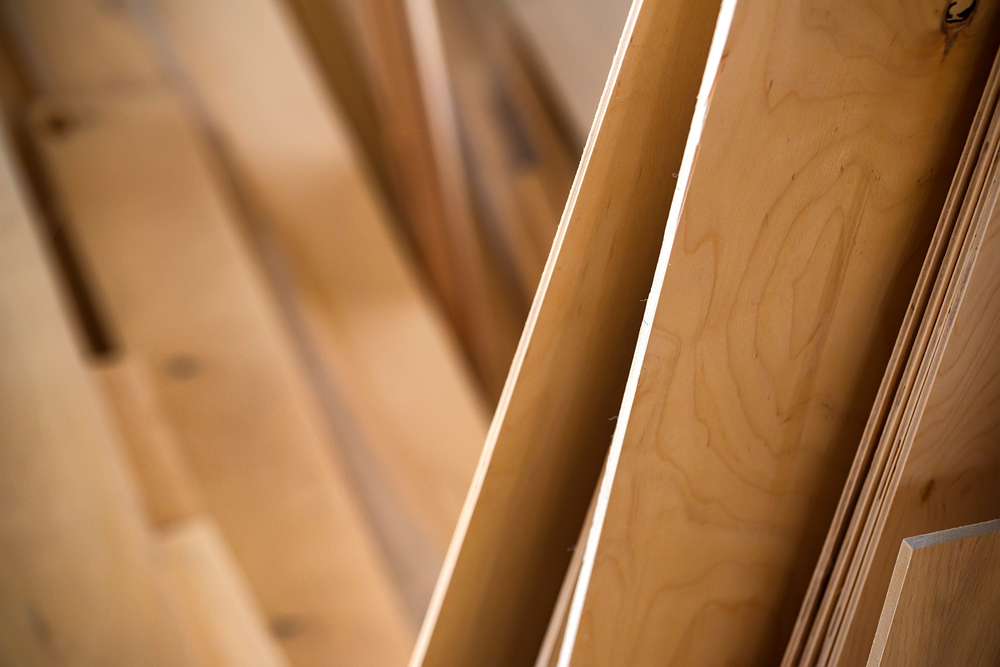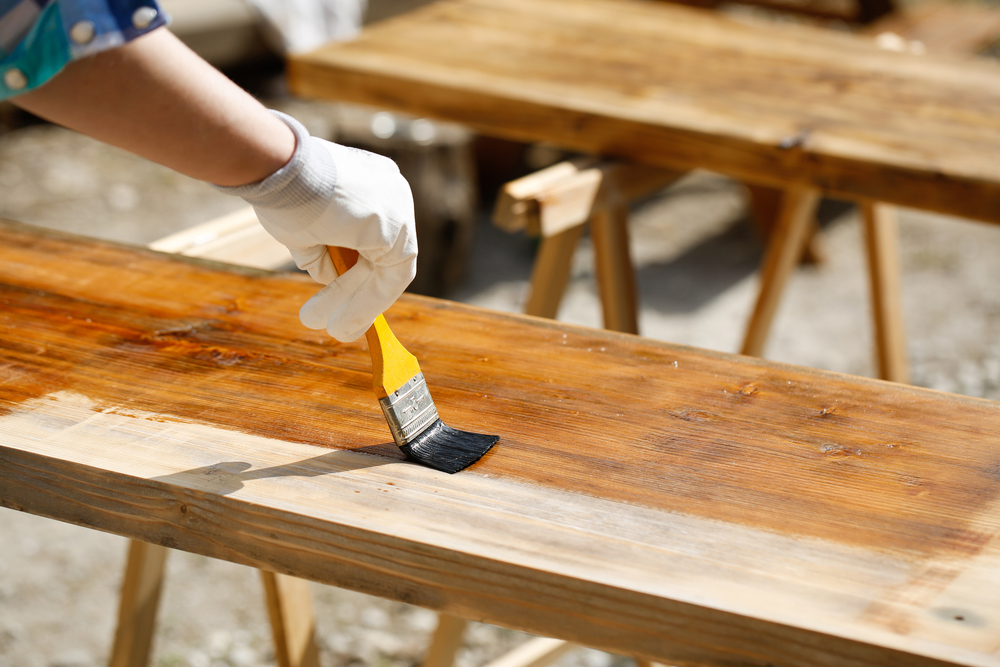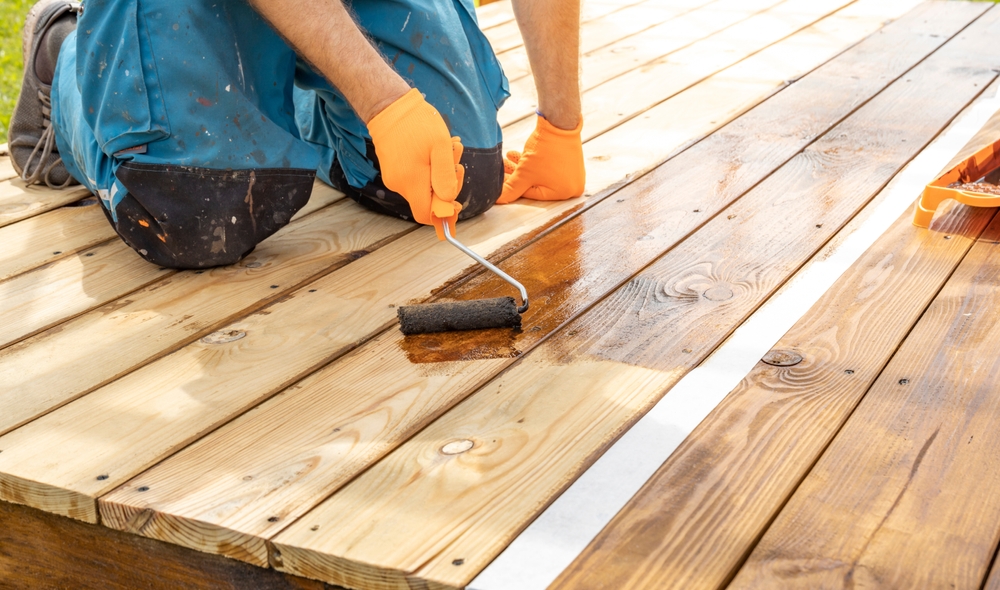Understanding Linseed Oil Paint
Linseed oil paint has been used for centuries. Its origins can be traced back to the Northern European painters of the Middle Ages. This paint, derived from linseed oil extracted from flax seeds, has notable properties that make it a preferred choice in various applications.
The Composition
Linseed oil paint is primarily composed of linseed oil and pigment. The oil serves as the binder, providing the paint with its spreadable consistency. Pigments, often natural minerals, give the paint its color. The combination of these elements results in a robust product that can withstand environmental conditions.
The Production Process
The production of linseed oil paint begins with cold-pressing flax seeds to extract the oil. This process ensures that the oil retains its nutritional and structural integrity. The oil then undergoes a refining process to remove impurities. After refinement, the oil is mixed with pigments to create the desired colors. Mixing continues until the pigments are fully dispersed, ensuring a uniform color and texture.
Advantages of Linseed Oil Paint
One of the primary advantages is its durability. The paint forms a strong and long-lasting surface that protects against weathering. This characteristic makes it ideal for outdoor applications and historical restorations. Linseed oil paint has excellent adhesion properties. It can bond well to wood, metal, and even masonry surfaces. This versatility adds to its appeal among professionals and hobbyists alike.
The paint is breathable, allowing moisture to escape rather than trapping it underneath the surface. This attribute helps in preventing rot and decay, especially in wooden structures. Linseed oil itself is a natural product, biodegradable and made from renewable resources. Thus, linseed oil paint is an environmentally friendly option.
Application Techniques
Applying linseed oil paint requires some attention to detail. A clean, dry, and smooth surface ensures optimal adhesion. Before applying the paint, the surface should be free from dust, grease, and old, flaky paint. Sanding may be necessary to achieve smoothness.
Using a brush gives the best result for linseed oil paint. Brushes allow for better control and penetration of the paint into the surface. A sprayer or roller may also be used, but these methods can cause uneven distribution if not done carefully.
- Stir the paint thoroughly to mix all components uniformly.
- Apply thin layers to build up the paint gradually. Thick layers may trap solvents and inhibit proper drying.
- Allow sufficient drying time between coats, which can be up to several days depending on humidity and temperature.
Maintenance and Care
Linseed oil paint requires periodic maintenance to keep its appearance and protective qualities. Over time, it may develop a chalky appearance, a natural process as the oil oxidizes. Refreshing the surface with a light recoat of linseed oil can restore its sheen.
Before recoating, the surface should be cleaned and any loose or peeling paint removed. Use warm soapy water and a soft brush or cloth for cleaning. Avoid using harsh chemicals or abrasive tools that might damage the underlying layers. After cleaning, let the surface dry thoroughly before applying a new coat of paint or oil.
Environmental and Safety Considerations
Linseed oil paint’s natural composition makes it an appealing choice for environmentally conscious consumers. It emits fewer volatile organic compounds (VOCs) compared to synthetic paints. This results in healthier indoor air quality.
Safety precautions must still be observed during application. Use in well-ventilated areas to avoid inhaling any fumes. Store linseed oil paint in a cool, dry place, away from direct sunlight and heat sources. Rags soaked with linseed oil can spontaneously combust if not handled properly. It is crucial to dispose of them in a metal container filled with water or by laying them flat in a single layer to dry fully.
Uses and Applications
Linseed oil paint is widely used in heritage conservation. Its compatibility with historical building materials and its traditional formulation make it indispensable for restoring old buildings. Artists also value linseed oil because of its ability to blend colors smoothly. It allows for the creation of rich textures and true-to-life hues.
In modern applications, this paint is popular in sustainable architecture. It offers an eco-friendly option for people looking to minimize their environmental impact. From garden sheds to timber cladding, linseed oil paint provides a durable finish that enhances aesthetic appeal.
Comparison with Other Paints
Linseed oil paint sets itself apart by its natural composition and breathability. In contrast, acrylic paint contains synthetic resins, which can form a non-breathable surface. This characteristic can trap moisture, leading to potential damage in outdoor applications.
On the other hand, latex paints dry quickly and are easy to clean. They don’t offer the same adhesion and durability on surfaces like wood or metal. However, latex paints are water-soluble, making them easier to clean up. Alkyd paints, which are oil-based, share similarities with linseed oil paint but often contain synthetic elements. This adds to their environmental footprint.
Caring for Brushes and Tools
Proper care for brushes and tools extends their usefulness. After using linseed oil paint, clean brushes immediately to prevent the paint from hardening. Use mineral spirits or a dedicated brush cleaner for effective cleaning.
- Dip the brush in the cleaning solution and work the bristles against the container’s sides.
- Rinse the brush thoroughly with warm, soapy water.
- Shake out excess water, reshape the bristles, and let the brush dry flat to maintain its shape.
For rollers, remove residual paint by rolling it on newspapers or cardboard before washing. Similar to brushes, they should be dried properly to maintain functionality.
Technical Challenges and Solutions
One challenge is the lengthy drying time. Humidity and temperature can affect how quickly the paint cures. Ensuring adequate ventilation and applying thin layers can mitigate these issues. Achieving an even finish may require patience and practice. Strive for consistency in each stroke, especially when using a brush.
Mixing different brands of linseed oil paint can lead to inconsistent results. Sticking to a single brand or carefully testing compatibility is advisable. To prevent yellowing, especially indoors, avoid exposure to UV light as much as possible. While natural, linseed oil is still susceptible to this common issue.
Overall, linseed oil paint remains a versatile and valued choice for many projects, combining historical authenticity with modern environmental consciousness.






